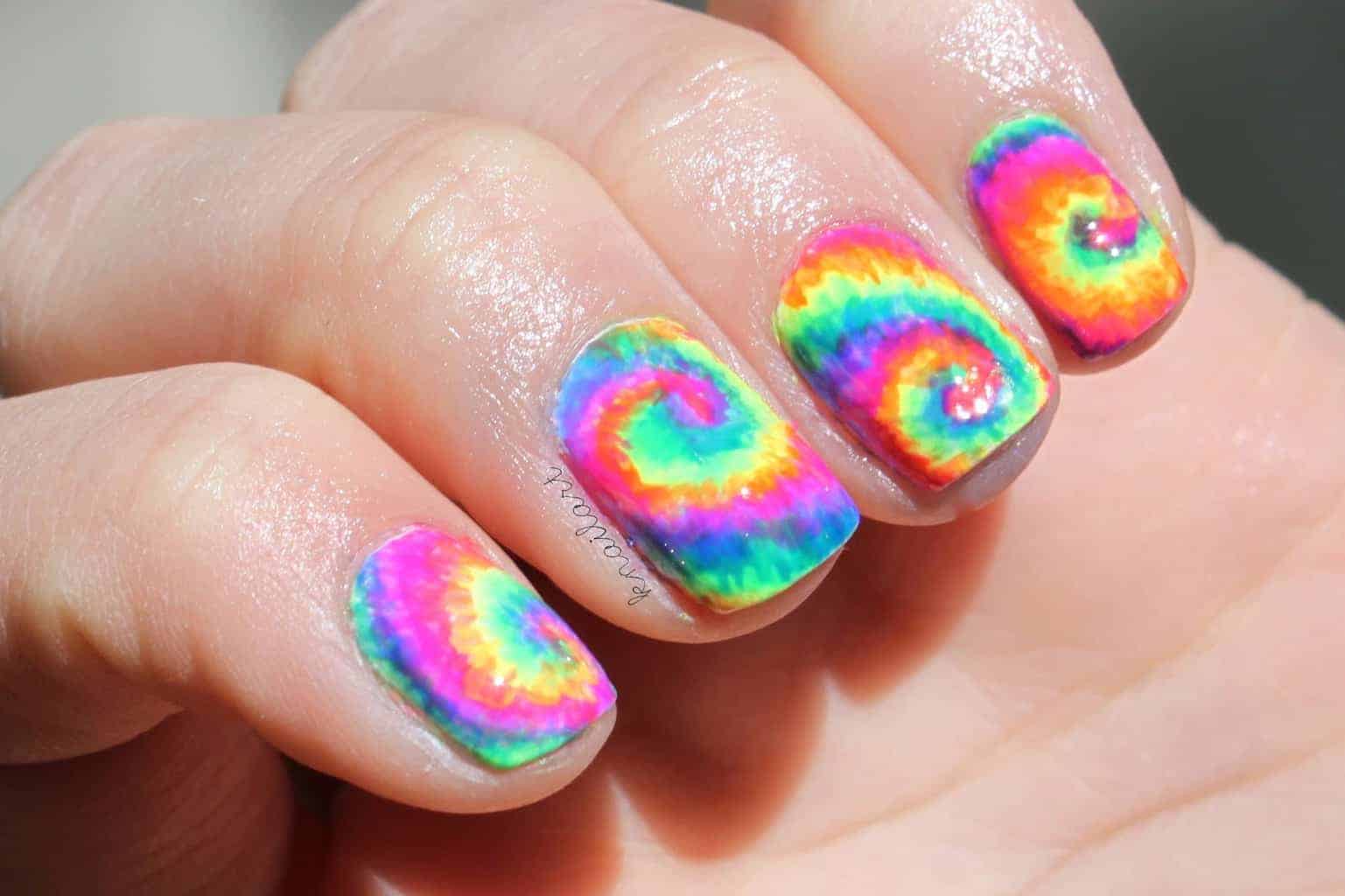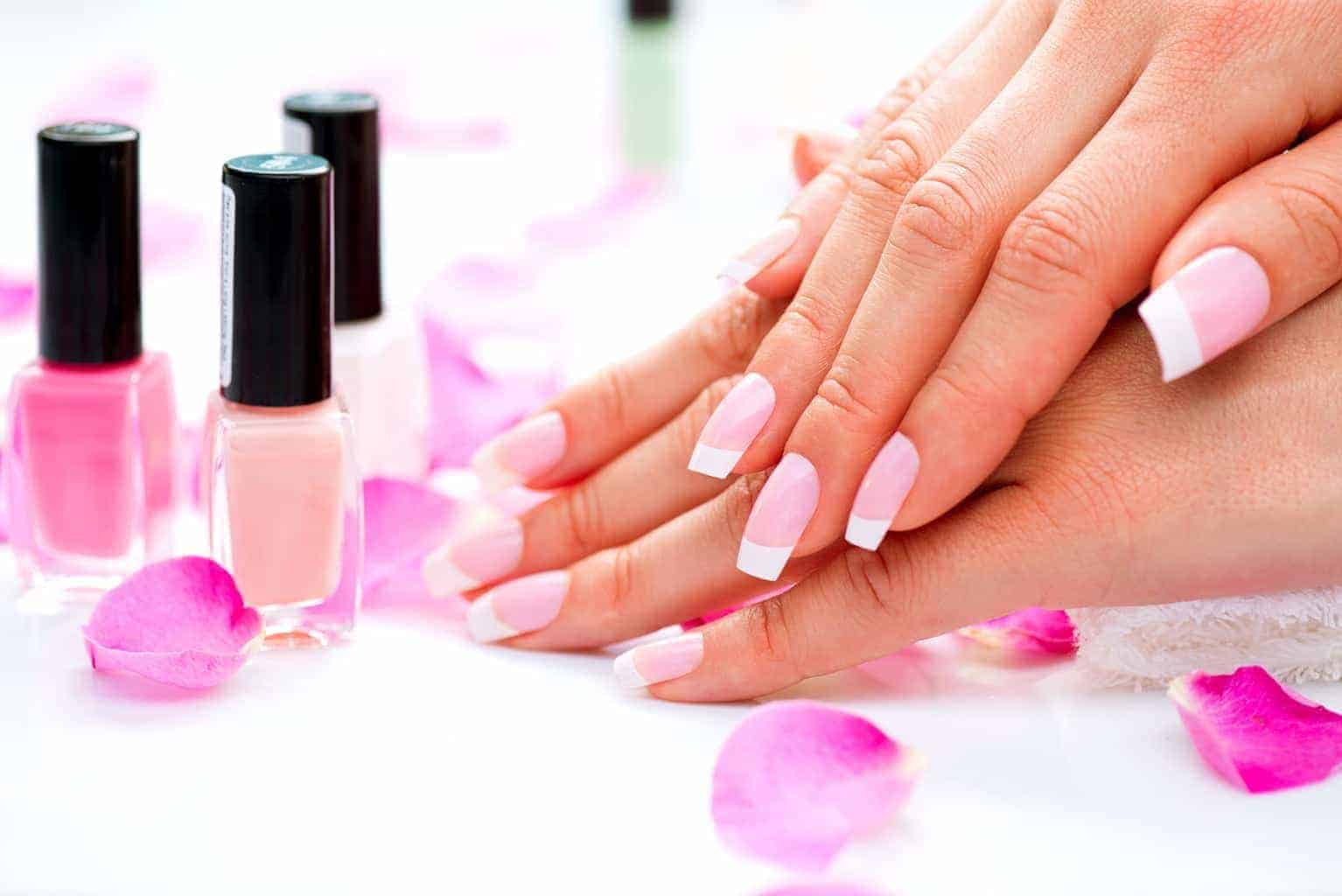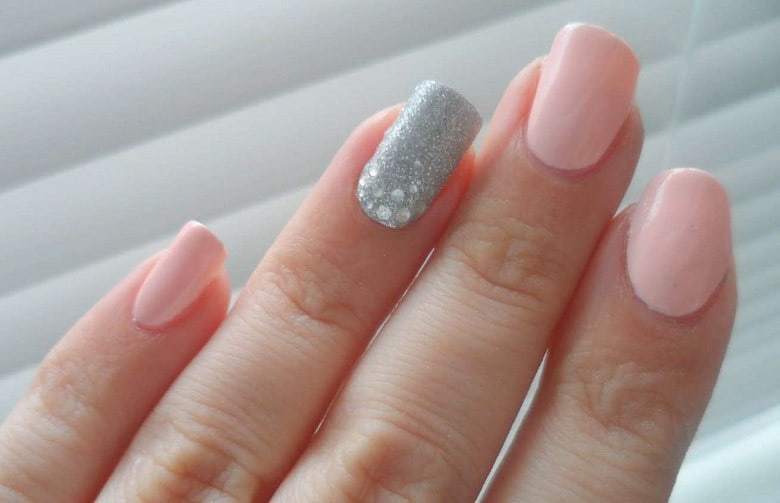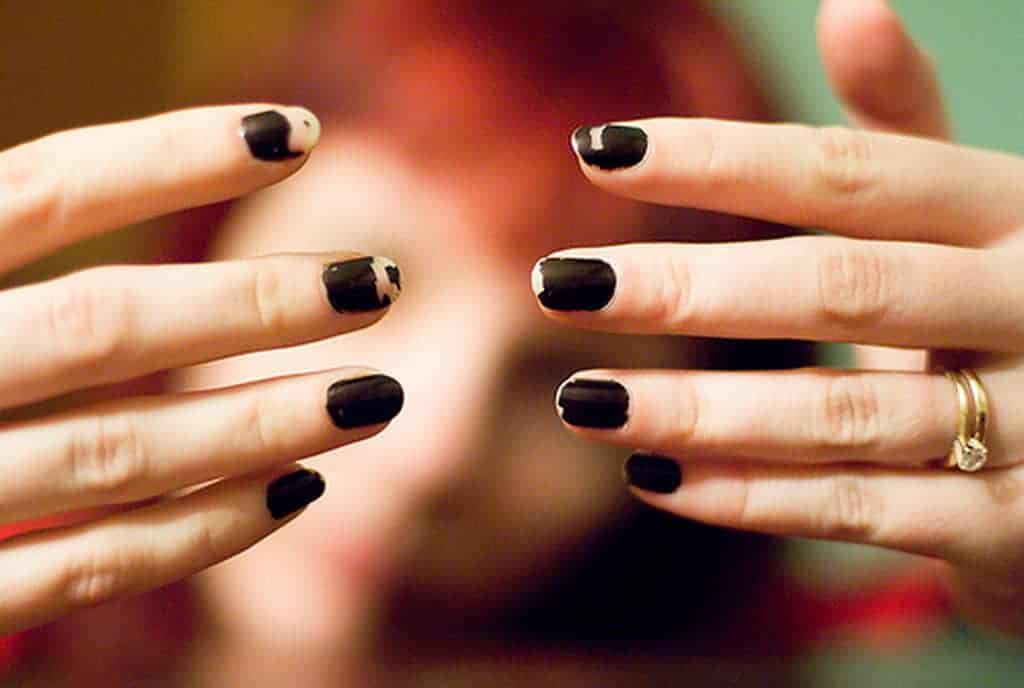How to Remove Acrylic Nails Without Causing Any Damage
Acrylic nails have been around in the fashion industry for quite some time now. Acrylic is a mix of chemicals that, when exposed to air, hardens and creates a protective barrier over your nails. It then becomes an ideal surface for applying colorful nail polishes and/or other various forms of nail art.
However, it is vital to know how to remove acrylic nails correctly. If not done in the proper manner, the removal of acrylic nails can cause damage to your nail bed that in turn can lead to fungus and infections. It is advisable to see a nail technician at a salon for this purpose, however, you can do it yourself too at home by being careful.

Acrylic Removal Methods
Despite the fact being acrylic nails very stylish and elegant, removing these can be time-consuming and needs attention. Let’s discuss the most effective ways for acrylic nail polish removal. There are three main methods to remove acrylic nails. Each one of these methods is described in brief below.
1. Soaking:
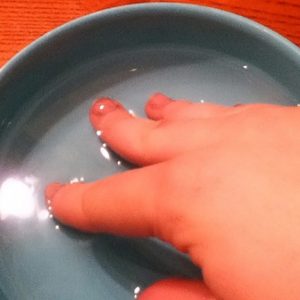
In this method, you should first clip the acrylic nails as much as possible using a nail clipper. Then file down the top layer of acrylic coating as much as possible so that only a thin sheen of acrylic is remaining on your nails.
After filing, take some acetone in a bowl with warm water so that you can raise the temperature of acetone for effectiveness. Apply petroleum jelly to your nails and fingers generously, because acetone is damaging to your skin. It can cause extreme irritation via dehydration of your skin.
Now use cotton balls and dip them in acetone. Place the cotton balls over your acrylic nails and secure them by wrapping aluminum foil pieces around your fingers. Keep your fingers wrapped for at least 30 minutes for a near-complete dissolution of acrylic from your nails. After 30 minutes have passed, the acrylic would have stuck to the cotton balls and aluminum wraps. It should come off with the wrappings as you take them off gently.
However, if not then give the wrapping process another 20 minutes. After removing excess acrylic, buff your nails to scrape off the residue. The next step is to file, clip, buff, and reshape your nails for hygiene and a natural look. In the end, apply a generous amount of moisturizing lotion so that you can counter the long-term effects of dehydration due to acetone.
Related: How to Remove Gel Nail Polish From Acrylic Nails
2. Filing:

This acrylic removal method is for someone who has applied a very thin coat of acrylic nails, although it works also well for thick acrylic shells. Firstly, as with the previous method, clip your acrylic nails as much as possible. Then, you should use the filing side of the buffer to file down as much of the acrylic from your nails as possible. This will make your nails look natural almost completely free from acrylic traces.
You should stop the use of files at this moment since deep filing will cause you to lose thin layers of your actual nail that is damaging for the nail bed in the long term. If you want your nails to be completely free from any traces of acrylic, then after filing use a cuticle stick to detach an edge of acrylic from near your cuticles and use cuticle scissors to clip the remaining acrylic off from your nail bed.
Take care when detaching the small edge of acrylic for if you take off more than needed, you certainly would end up breaking the layers of your natural nails. As with you the previous method, use the buff tool to remove the minuscule traces of acrylic left on your nails and then shape your nails to give them a natural look.
3. Flossing
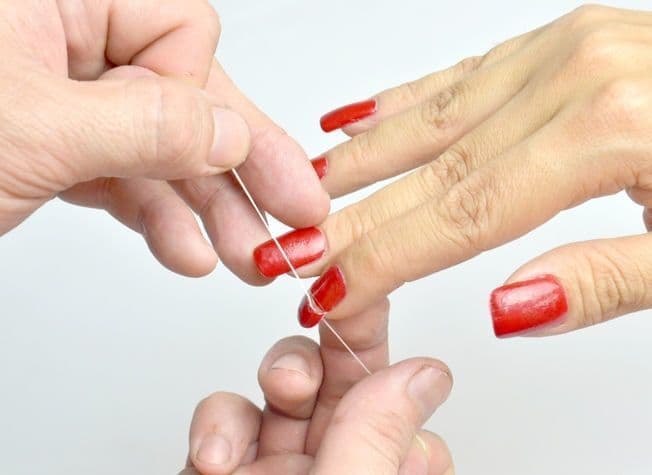
To remove the acrylic nails with this method, you should have a willing partner with dental floss because this method cannot work if you try to do it yourself. At first, you should try and detach the acrylic, with a cuticle stick as in the previous method from near the cuticles. Then ask your partner, to slide the dental floss in between the edge of the acrylic and your natural nail. Then have him/her, gently start the to and fro motion of sliding the floss from side to side, while facing you.
The floss acts as a saw between the edge of acrylic and your nail. Then ask your partner to continue the sawing motion and start to apply gentle pulling force towards him/her to effectively saw off the acrylic from your nails. You have to be careful in guiding your partner in this method, because if he/she is pulling too hard or giving jerks, it can cause damage or break your natural nail.
After removing the acrylic, use a buff tool to reshape a little torn appearance of the nails and apply cuticle oil/cream and moisturizer.
How Long Do Acrylic Nails Last?
In almost all removal cases, these three methods are the best and most effective ways of removing your acrylic nails with little or no damage to your natural nail beds at all.
